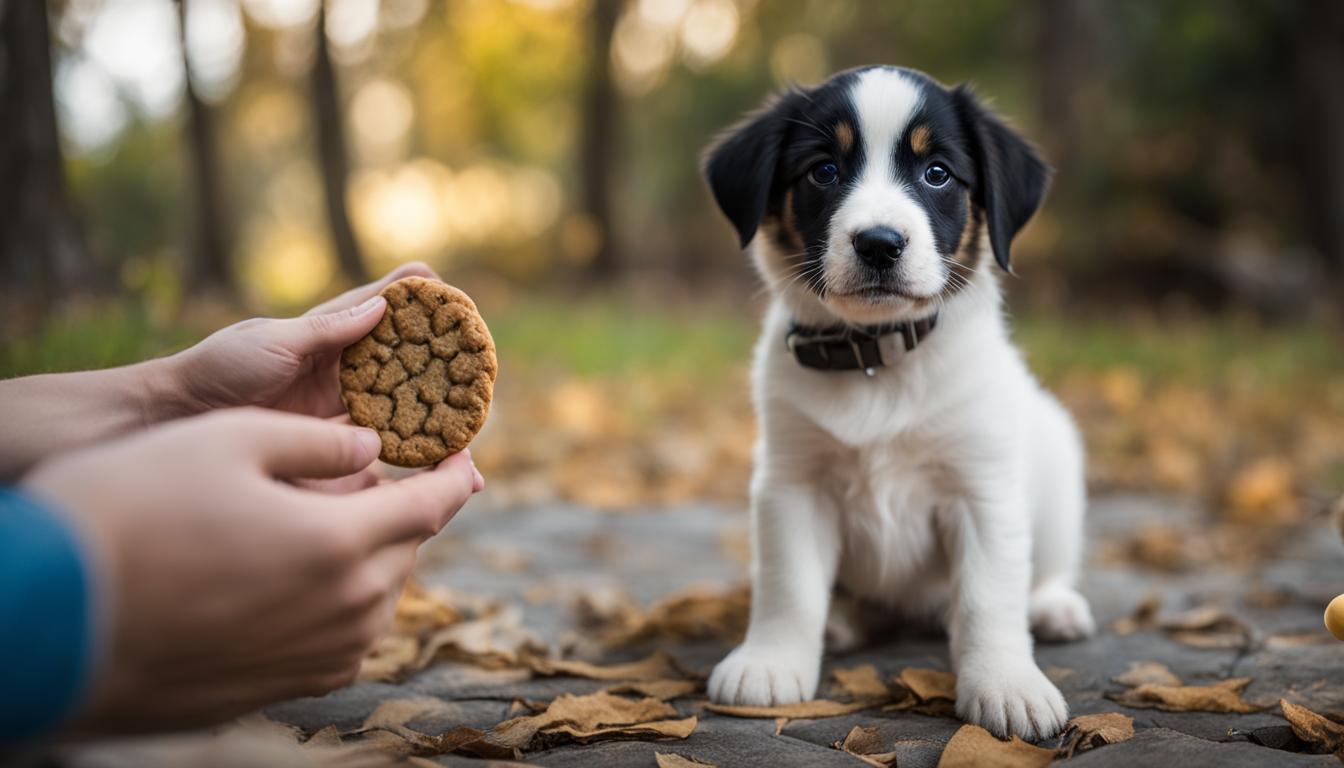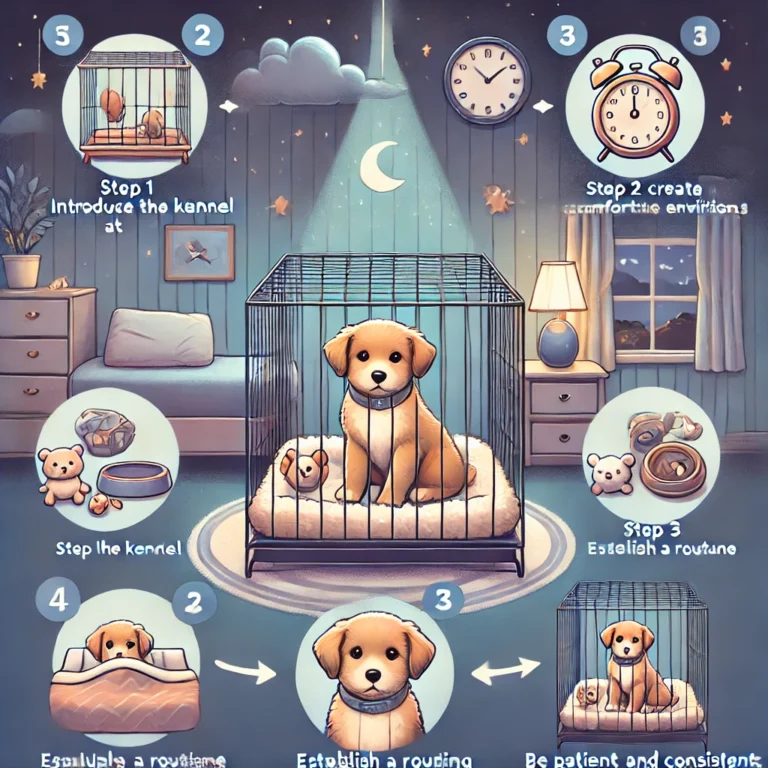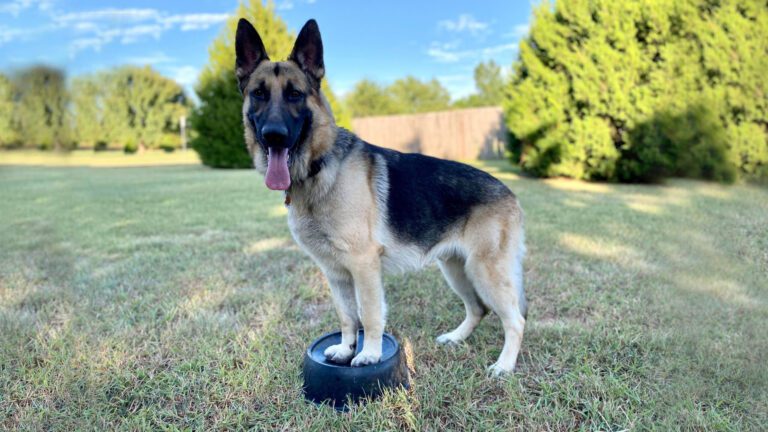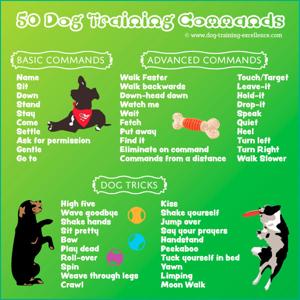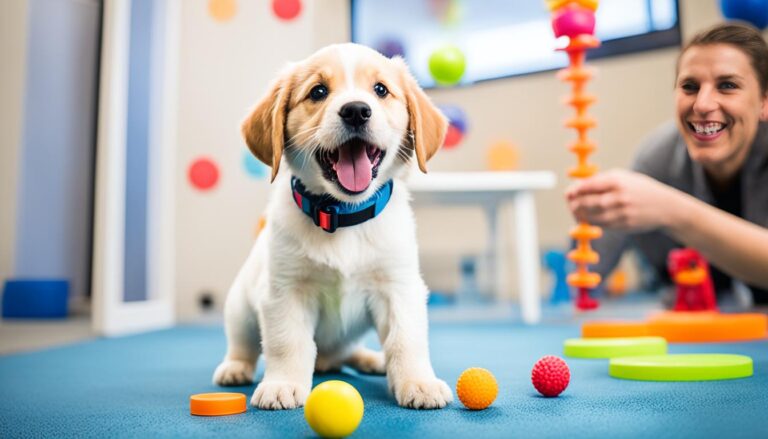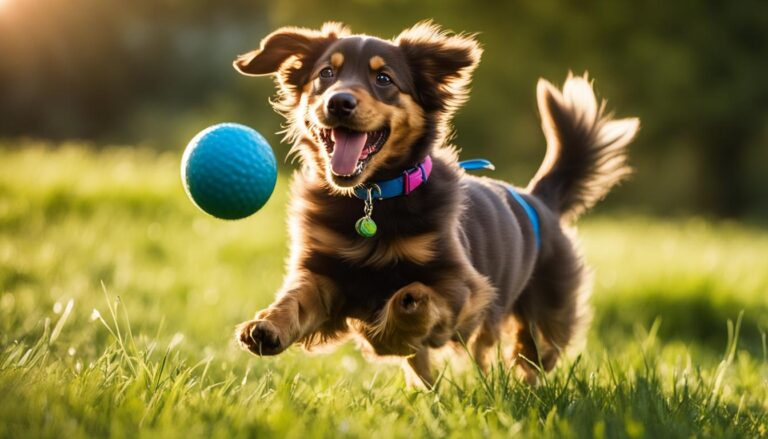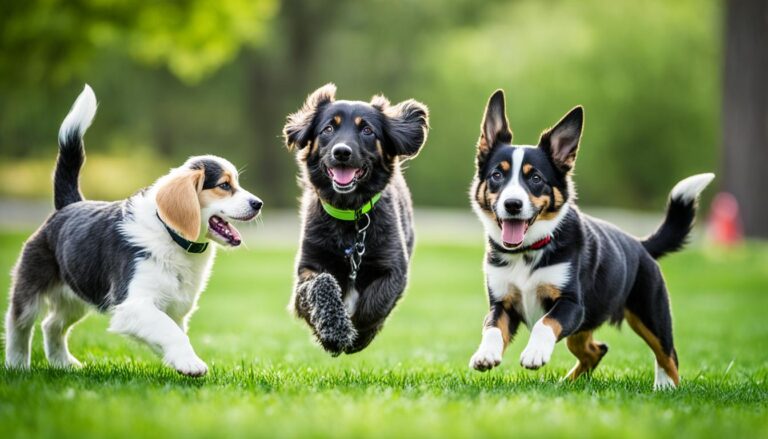How to Train a Quite Puppy – Simple Steps & Tips
Training a new puppy can be both exciting and challenging. One of the essential skills to teach your puppy is how to be quiet and calm in various situations. Excessive barking and noise can be disruptive and stressful for both you and your furry friend. In this article, we will provide you with valuable insights and practical tips on how to train a quiet puppy effectively.
Before diving into the training process, it is crucial to set up the right foundation for success. Ensure you have all the necessary supplies and have puppy-proofed your home to create a safe environment. Positive reinforcement training is widely regarded as the most effective method for teaching puppies right from wrong.
Creating structure and teaching manners are vital aspects of training a puppy. In addition, potty and crate training play a significant role in teaching your puppy to be calm and well-behaved. Establishing a routine and maintaining consistency throughout the training process are key elements that contribute to a successful training outcome.
Remember, training takes time and patience. It is essential to approach the training process with a positive and calm attitude, as puppies respond best to gentle guidance and encouragement. Now, let’s dive into some valuable tips for training a quiet puppy using positive reinforcement techniques.
Key Takeaways:
- Positive reinforcement training is the most effective way to train a quiet puppy.
- Establish a routine and maintain consistency throughout the training process.
- Use high-value treats to reward good behavior and create a positive association.
- Avoid using punishment or aversive training methods.
- Focus on building a strong bond with your puppy through training.
Tips for Training a Puppy Using Positive Reinforcement
When it comes to training a puppy, positive reinforcement is an effective and humane method that focuses on rewarding good behavior rather than punishing mistakes. This approach helps to motivate and encourage puppies to make the right choices while strengthening the bond between you and your furry friend.
One of the key principles of positive reinforcement training is to use rewards that your puppy finds highly desirable. High-value treats, such as small pieces of cooked chicken or cheese, can be used to create a positive association and reinforce good behavior.
Avoid using punishment or aversive training techniques, as these methods can have negative effects on a puppy’s overall well-being and may damage the trust and relationship between you and your pet.
“Positive reinforcement training is recommended for puppies, as it motivates and encourages them to make good choices.”
Positive reinforcement training involves rewarding desired behaviors immediately with treats or praise. For example, if your puppy sits on command, reward them immediately with a treat and praise. This helps them understand that sitting when asked is a desirable behavior that earns them rewards.
In addition to treats, you can also use other rewards like verbal praise, petting, or playtime to reinforce good behavior. By consistently rewarding your puppy for their positive actions, you are helping them associate those behaviors with positive outcomes.
Remember that consistency is key when using positive reinforcement training. Set clear expectations for your puppy and be consistent in the rewards you provide. This will help them understand what behaviors are desired and increase their motivation to repeat those behaviors.
Positive reinforcement training not only helps your puppy learn and understand commands but also ensures that they enjoy the training process. By making training sessions fun and rewarding, you can create a positive learning environment that strengthens the bond between you and your puppy.
So, if you’re looking for a training method that will encourage and motivate your puppy while reinforcing good behavior, give positive reinforcement training a try. Your puppy will thank you!
Tips for Socializing and Potty Training Your Puppy
Socializing your puppy is a crucial part of their development and helps them become comfortable with new environments, people, and other dogs. Start by gradually introducing your puppy to different situations, taking care to create positive associations. Controlled introductions to new stimuli, such as new sounds, sights, and smells, can help your puppy feel more at ease.
In addition to socialization, potty training is another key aspect of puppy training. Establishing a consistent routine and taking your puppy out to potty after meals, naps, and play sessions is essential. This helps reinforce the association between going outside and relieving themselves. Be patient during this process and reward your puppy with praise or treats when they successfully go potty outside.
Accidents may happen during the potty training process, but it’s important to clean them up properly to avoid lingering odors. Use enzymatic cleaners specifically designed to eliminate pet urine smells and stains. This helps prevent your puppy from being attracted to the same spot again. You can also use puppy pads as a temporary solution while your puppy learns to potty outside consistently.
Remember, both socialization and potty training require patience, consistency, and positive reinforcement. By gradually exposing your puppy to new experiences and establishing a routine for potty training, you can help them develop into well-rounded and well-behaved dogs. (Source: Third source)
FAQ
How do I train a quiet puppy?
Training a quiet puppy involves setting yourself up for success from the start. Before bringing your puppy home, make sure you have everything you need and have puppy-proofed your home. Positive reinforcement training is the best method for teaching your puppy right from wrong. Create a structured training routine and be consistent in your efforts.
What is positive reinforcement training and why is it recommended for puppies?
Positive reinforcement training is a method that uses rewards and treats to motivate and encourage puppies to make good choices. It strengthens the bond between you and your puppy and makes training fun and effective. Avoid using punishment or aversive training methods, as they can have negative effects on a dog’s overall well-being.
How do I socialize my puppy and potty train them?
Socializing your puppy is important for their development. Start slowly and gradually expose your puppy to new environments, people, and other dogs, using positive reinforcement. Potty training is also crucial. Establish a consistent routine and take your puppy out to potty after meals, naps, and play sessions. Use positive reinforcement and rewards to associate going potty outside with good things. Properly clean up accidents using enzymatic cleaners to remove urine smell.

